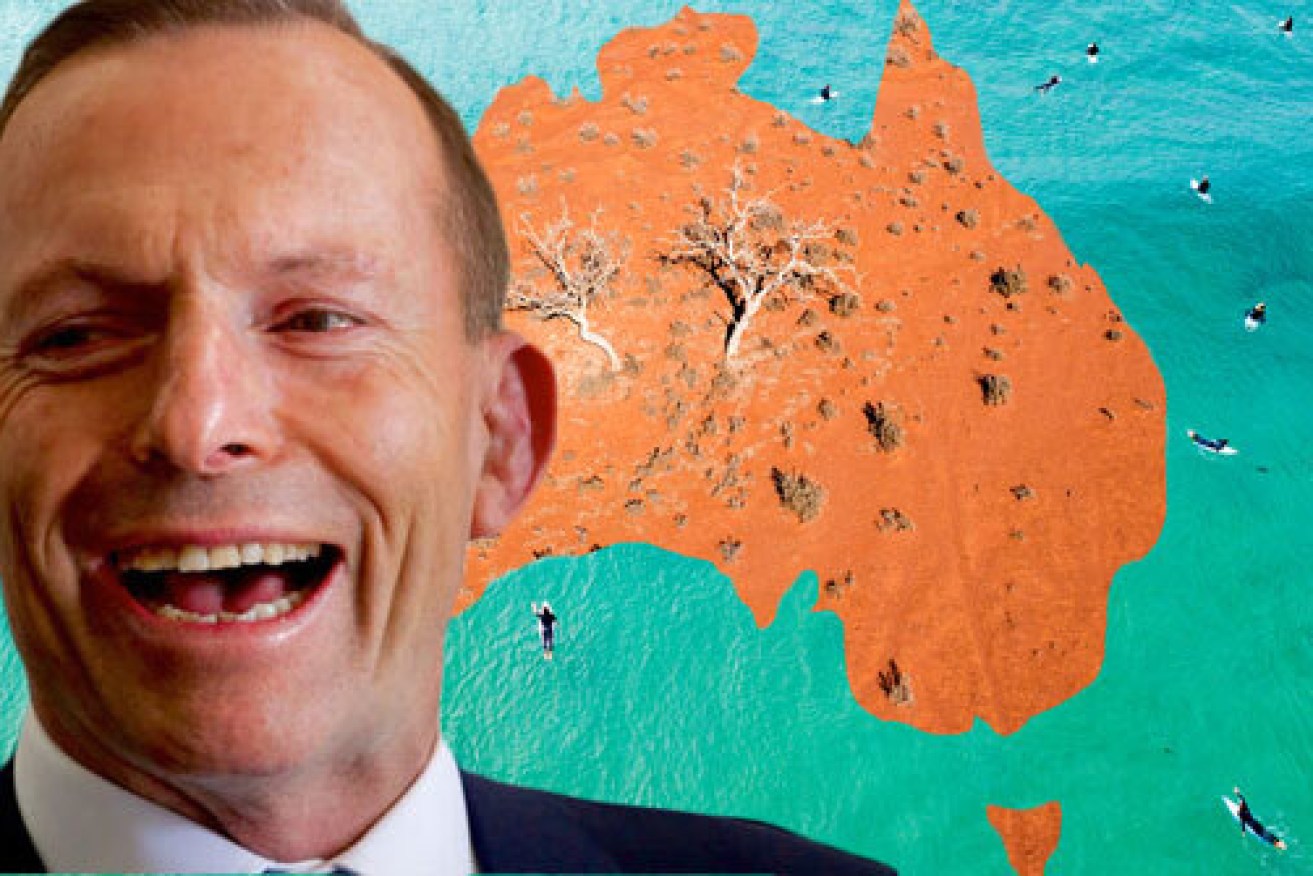Dennis Atkins: Tony Abbott transformed Australian politics – entirely for the worse


As with almost everything Tony Abbott did, his manner of resigning as Australia’s 28th prime minister was unusual and without precedent.
He did it by facsimile, using the now antique communication tool to send his farewell letter from the Prime Minister’s Office in Parliament House to the Governor-General’s residence in Yarralumla.
It was five years ago this week, with Tuesday marking the beginning of the brief and tumultuous Malcolm Turnbull’s time at the top.
Abbott was the Australian public figure who, more than anyone else, broke our politics.
From his dramatic, down the middle grab at the Liberal leadership in 2009, Abbott operated using a model imported from the United States.
Former Republican Speaker Newt Gingrich devised and perfected it when he was up against Bill Clinton. Labelled the “51 per cent strategy” by commentator Ron Brownstein, the former Democratic president described it like this: “Stop it, slow it, kill it, or just talk it to death.”
This was Abbott’s most effective piece of political weaponry.
He used it primarily against Labor’s carbon and climate policies but also deployed it across the board.
While the Liberals have put Abbott behind them, they have not let go of this one magic trick.

Former US Speaker Newt Gingrich wrote the playbook Tony Abbott followed. Photo: AAP
It was apparent this week with the latest set of announcements from Scott Morrison’s government covering energy and emissions.
Using one of Morrison’s favourite techniques, the government carpet-bombed the public conversation with a set of plans, proposals and ideas about energy and emissions.
Whether it was opening up the market for “reliable and dispatchable” power (code for gas, the energy of choice in Morrison’s world) or using existing mechanisms to expand carbon capture and storage.
There were no actual solid plans – just proposals to do something in the medium or long term, either in cooperation with the private sector or using direct public investment.
These ideas are only slightly more than thought bubbles. As with so much Morrison talks about and purposes, we might even get to know whether it amounts to anything before the next election.
Then again, we may wait until after a poll to see what emerges.
One immediate consequence of these announcements is that it has put pressure back on Labor.
There is division within Labor ranks about gas and what role it might play in the transition from the current-generation scene dominated by coal-fired power to net-zero emissions – a mid-century target endorsed by the federal Opposition, most states and businesses.
The Left doesn’t want it, seeing gas as the poor relation to coal. But the response, which involves a complex mix of renewables, batteries and various demand strategies, is a lot harder to sell than Morrison’s marketing slogans about jobs and economic growth.
There is already a surging demand from the broad left – inside and outside the ALP – for a clear, unambiguous stand on emissions with a medium-term target that cannot get over the “what will it costs in dollars and jobs” hurdle without watching most voters tune out.
Morrison played these divisions to cement his “miracle” victory last year, highlighting Labor’s split stand on coal mega mines epitomised by the Adani coal deposit in North Queensland.

The Adani mega coal mine has been divisive across the political spectrum. Photo: TND
The Coalition swept the board in regional Queensland and Western Australia, making up for the closer contest in metropolitan Victoria, New South Wales, South Australia and Tasmania.
When he visited Port Kembla’s Bluescope site this week, Morrison couldn’t hold back his enthusiasm to go after Labor.
Saying the Coalition would meet its 2030 emissions target in “a canter”, Morrison reached for his “what will Labor do” baseball bat.
Labor needed to “say what (its target) is … and how much they’re going to cost people on their jobs and incomes”, he said.
Labor is trying to mask its divisions but they are going to become more apparent as the Left push for a more ambitious emissions target.
As one senior Labor figure remarked after the government’s series of announcements, “the wedge has been planted and we’re going to find it sharp and uncomfortable”.
When John Howard was at the height of his political powers – especially in winning the 2001 and 2004 polls – he was dubbed an “evil genius”. Morrison learnt those lessons and adapted them to the hyper-partisan strategy perfected by Abbott.
Everything the government does has one consistent element. There is always a “how will this damage Labor” box that must be ticked.
Such a divide-and-rule approach drags politics and public policy down to the lowest common denominator and gives the spoils to the victor who gets to 51 per cent.
It’s a brutally simple strategy to which Labor has been unable to find a saleable response: to be a winner, first you have to make sure your opponent is a loser.
After that, it’s winner takes all.








